Alice Blue Rabbiteye Blueberry – 1 Gallon Pot
$29.85 Original price was: $29.85.$20.90Current price is: $20.90.
SKU: D2LSC 6356420617 Category: FRUIT TREES & PLANTS
- Get the Best for Less
- No-Questions-Asked Returns
- Effortless Shopping, Quality Products
- 7 days free returns

Alice Blue Rabbiteye Blueberry
Vaccinum ashei ‘Alice Blue’
NOTE: All of our fruit plants are grown in containers outdoors so they are fully rooted and landscape-ready upon arrival.
Plant Details
USDA Plant Hardiness Zones: 7b-9b Find Your Zone
Chilling Hours: 400 Learn more here
Ripens: Very Early season
Pollinators: Alapaha, Brightwell, Climax, Premier, Vernon
Height at Maturity: 5-7′
Width at Maturity: 5-6′
Spacing: 4 to 5 feet for hedge; 10’+ for space between plants
Fruit Color: Blue
Fruit Size: Medium
Fruit Size: Medium
Sun Needs: Full Sun or Mostly Sun, Light Shade
Water Needs: Average
Soil Type: Rich in organic matter
Drainage/Soil Moisture: Well drained, moist
Soil pH: 4.5 – 5.5
Description
A 1978, University of Florida release, Alice Blue has an exceptionally vigorous growth habit that produces an abundant crop of medium-sized, firm, very sweet, and tasty berries. Alice Blue requires fewer chill hours to maximize its fruit production than most other blueberries require – and it flowers early, making it one of the earlier ripening Rabbiteye varieties. Having the characteristic and benefit of early flowering and ripening does make Alice Blue more susceptible to late frost or freeze damage. However, when planted in the more southerly areas of its growing zones, that risk is greatly reduced – and Alice Blue will thrive and produce many bountiful harvests.
NOTE: All of our fruit plants are grown in containers outdoors so they are fully rooted and landscape-ready upon arrival.
Growing Preferences
Blueberry plants grow best in an acidic (pH of 4.8 to 5.2), organically rich, moist, well-drained soil in full sun to part shade. The more sun the better for best berry production. The shallow, fibrous roots of blueberry plants like a consistently moist but well-drained soil which can be provided by with a layer of organic mulch. Although blueberries are self-fertile, cross-pollination produces the best fruit crop (larger berries and larger yields). Therefore it is best to plant more than one variety that will bloom at the same time. Blueberry season can be extended by planting early, mid-season and late varieties. Make sure to plant two different cultivars/varieties for each season. USDA Zones: 7b-10b Find Your Zone
Helpful Articles
Click on a link below to find helpful advice from our experts on how to plant and care for Blueberry bushes.
How To Plant A Blueberry Bush
How To Fertilize & Water Blueberry Bushes
How To Prune A Blueberry Bush
Blueberry Varieties & Cross Pollinators
Plant Long & Prosper!
Meet The Wilson Brothers & Staff
Questions? Contact Us!
I have ordered from you several times and have never been dissapointed. The plant came very secure and packed better than other online nurseries. The plant looks healthy and should do very well with my other Rabbiteyes
Be the first to review “Alice Blue Rabbiteye Blueberry – 1 Gallon Pot” Cancel reply
Related products
Sale!
FRUIT TREES & PLANTS
Sale!
FRUIT TREES & PLANTS
Sale!
FRUIT TREES & PLANTS
Sale!
FRUIT TREES & PLANTS
Sale!
FRUIT TREES & PLANTS
Sale!
FRUIT TREES & PLANTS
Sale!
FRUIT TREES & PLANTS
Sale!
FRUIT TREES & PLANTS

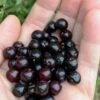






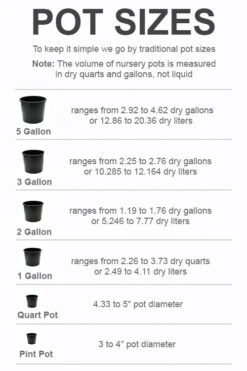
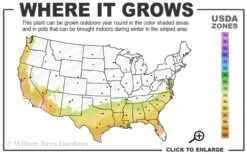
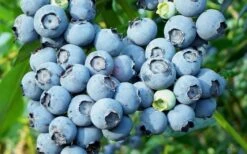
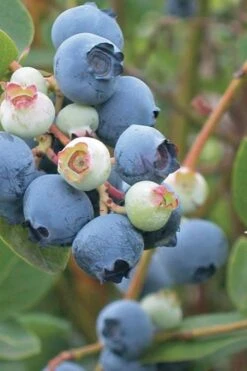

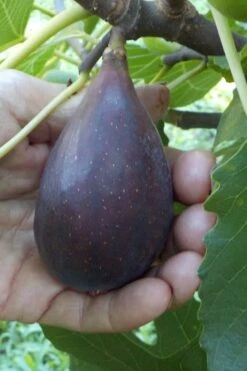
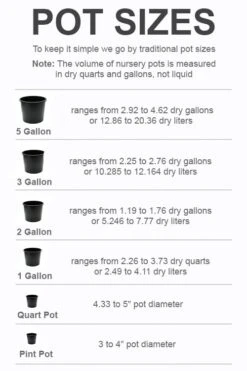
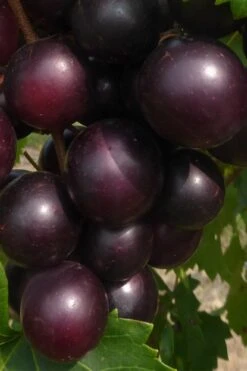

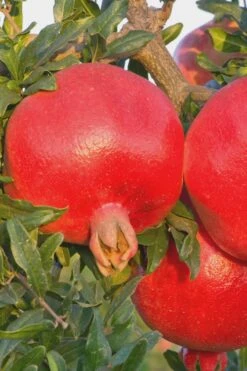

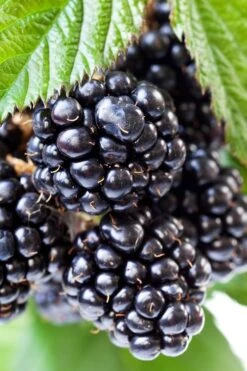
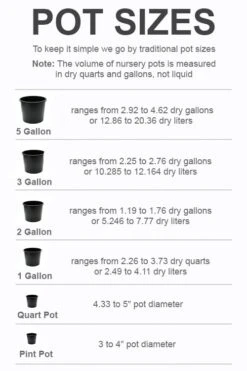



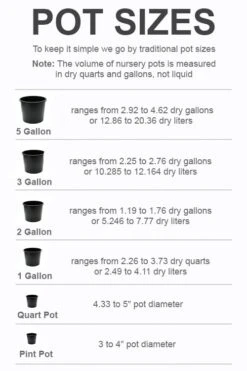
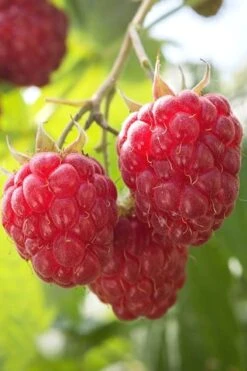
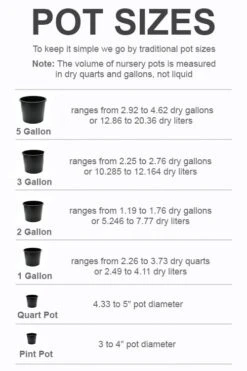
Reviews
There are no reviews yet.